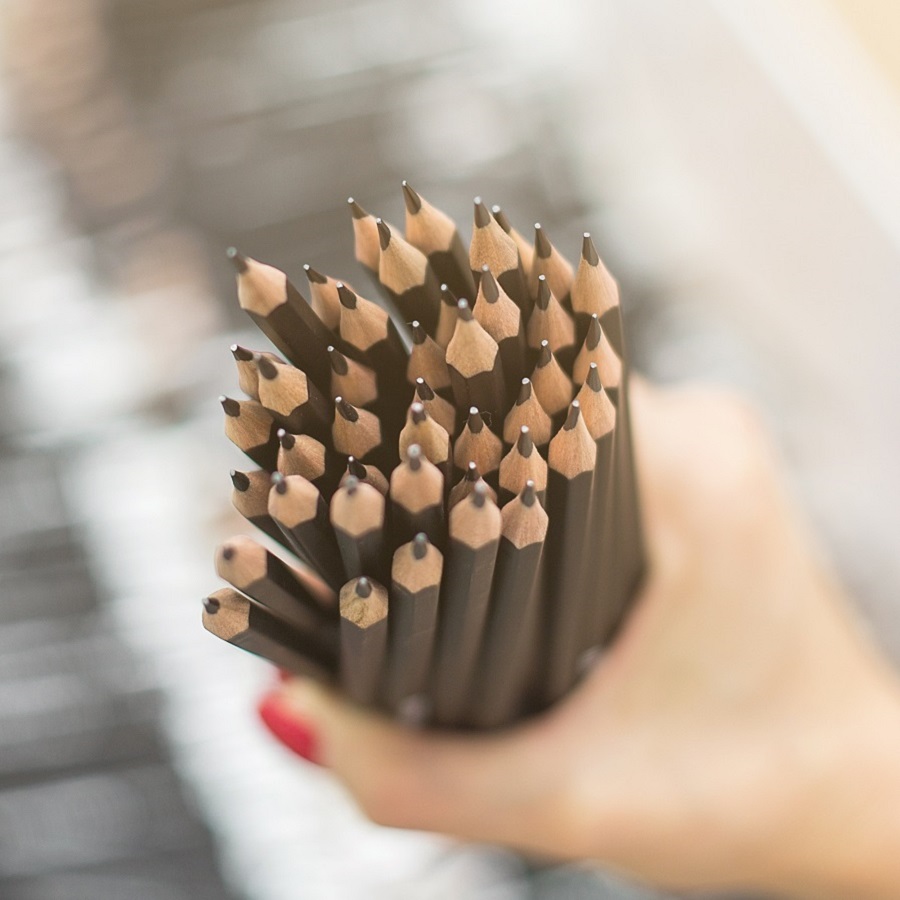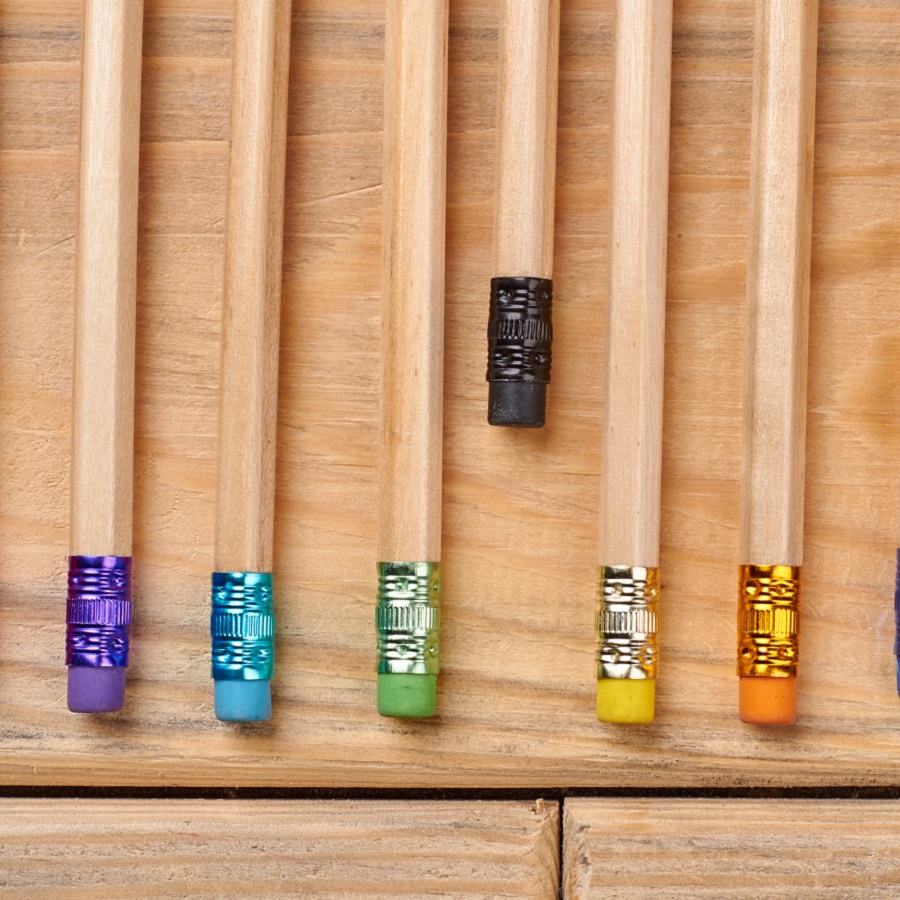Colored pencils offer a world of vibrant creativity, allowing artists, students, and hobbyists alike to express their imaginations with ease. Whether you are sketching a masterpiece or adding intricate details to a piece, colored pencils provide a versatile medium that is both accessible and enjoyable. With the right tools and techniques, you can enhance your artistic endeavors and bring your ideas to life.

Understanding Colored Pencil Composition
To appreciate the artistry of colored pencils, it’s essential to understand what they’re made of. The composition includes various key ingredients that contribute to their performance and durability.

-
Pigments
: The heart of any colored pencil lies in its pigments. These are the substances responsible for the vibrant hues that we see. Colored pencils typically use natural mineral pigments, such as ochre and charcoal, or synthetic pigments created through chemical processes. Natural pigments are derived from earth materials, while synthetic options can be engineered for a wider range of colors and consistency. -
Fillers
: Fillers play a crucial role in providing the pencil with hardness and texture. Common fillers include talc and paraffin wax. These materials help to reduce production costs while maintaining the desired quality and feel of the pencil. -
Binders
: The binder is what holds the pigment and filler together, providing the pencil with its structure. Various types of binders, such as wax, resin, or glycerol esters, can affect the performance of the colored pencil. For example, a wax binder may create a smoother application, while resin can enhance durability. -
Wood Casing
: The outer shell of a colored pencil is typically made of wood, such as basswood or cedar. This casing serves both to protect the inner materials and provide a comfortable grip for the user. The quality of wood used can influence the pencil’s overall feel and ease of use.
By understanding these components, artists can make informed choices about which colored pencils best suit their needs. Explore more about colored pencil compositions at The Art of Education University.
Different Types of Colored Pencils
Colored pencils can be categorized into three main types, each with its unique characteristics and uses.
-
Oil-Based Pencils
: Known for their rich colors and smooth application, oil-based colored pencils are favored by many artists. They typically contain a waxy core that allows for vibrant layering but can be challenging to erase or blend. Artists often use these pencils for their depth and texture, making them perfect for detailed illustrations. -
Water-Soluble Pencils
: These innovative pencils offer the best of both worlds. When used dry, they provide a similar effect to oil-based pencils, but they can also be transformed into a watercolor medium by adding water. While they can create beautiful washes, achieving a smooth layer can be tricky. They are especially useful for sketching architecture or landscapes, where a more natural color blending is desired. -
Pastel Pencils
: Pastel pencils are characterized by their powdery texture and strong coverage. Although they can create stunningly soft effects, they tend to be messier and may leave residue on your artwork if not handled carefully. Artists who love texture often gravitate towards pastel pencils for their unique finish.
Understanding these types allows artists to select the right pencil for their intended project and desired outcome. For more insights on colored pencil types, refer to Art Supplies Online.
Techniques and Tips for Mastering Colored Pencils
Mastering colored pencils involves understanding various techniques that can elevate your artwork. Start with the basics: layering colors can create depth and richness. Lightly apply the base color, and gradually build up to achieve the desired effect. Combining different pencil types can yield stunning results; for instance, using oil-based pencils for the initial layer and finishing with water-soluble pencils can add unique textures to your piece.
Additionally, experimenting with different surfaces can enhance your work. Colored pencils perform differently on smooth versus textured paper, so consider using bristol board for fine details or watercolor paper for a more vibrant wash effect.
For practical application, consider creating a mixed-media piece. An artist might begin with a pencil sketch, adding color with oil-based pencils, and then incorporating water-soluble pencils for a watercolor finish. This blend of techniques not only enhances creativity but also ensures a dynamic final piece.
If you’re looking for high-quality colored pencils, check out
Durzerd
for a diverse range of products. For smaller quantities or specialized sets,
CPencils
is an excellent resource.
With their vibrant colors and versatile applications, colored pencils are more than just a tool—they’re a gateway to creative expression. By understanding their composition, different types, and mastering techniques, anyone can unlock their artistic potential. Whether for professional artwork or personal projects, colored pencils will always be a cherished tool in the artist’s arsenal.



